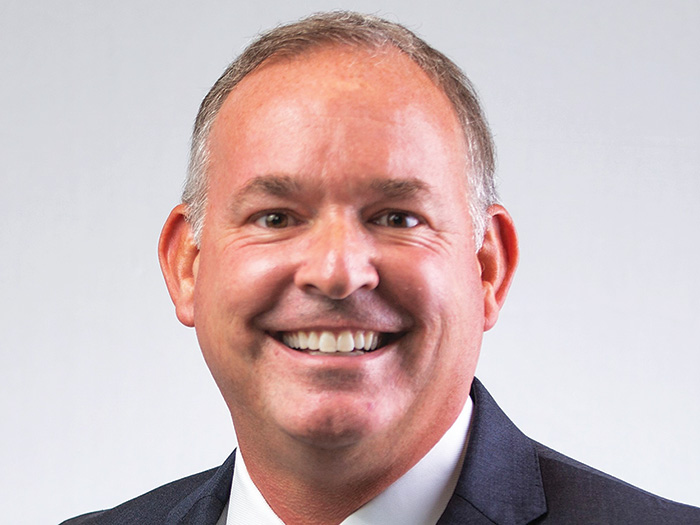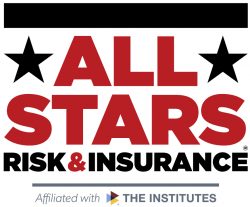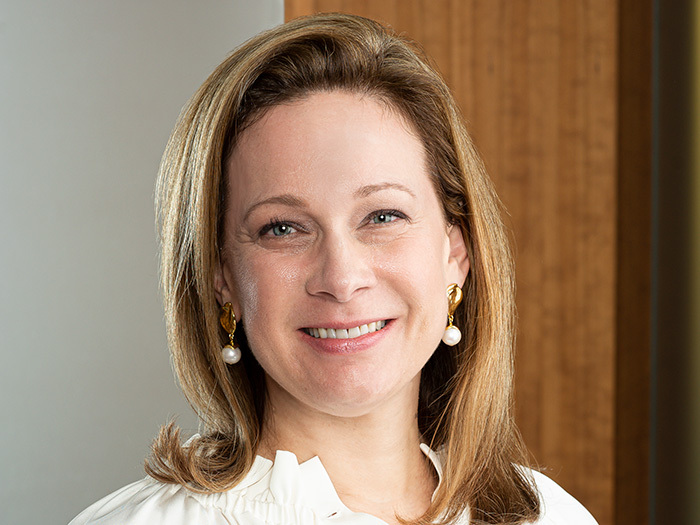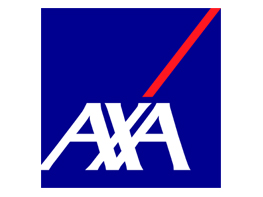Creating a Risk Retention Group Was Just Part of What Envision Healthcare’s Eric Gardzina Did in Becoming a Risk All Star

The beginning of the COVID-19 pandemic in March 2020 will always be remembered as a time of great uncertainty and tension.
And while the uncertainty left no industry unscathed, Envision Healthcare knew it was imperative to step into the front lines.
Two issues were made blatantly clear: maintaining hospital worker safety and assisting parts of the country hit hardest by COVID-19.
Eric Gardzina, vice president of insurance & risk management for Envision Healthcare, led the charge in tackling these two initiatives.
“Envision made the decision that we wanted to help, how and where we could,” Gardzina said. “We sent clinicians where they were needed, and we worked with hospitals to make sure that they had the doctors there to help take care of patients.”
The pandemic forced many doctors to reacclimate themselves to work they had not done since the beginning of their careers.
Gardzina said ensuring these physicians were comfortable with the work they were doing was critical. Additionally, physician safety was a top priority, especially in the beginning of the pandemic when information on the virus and its transmission was limited.
Constantly touching base with physicians and making sure they were taking time off to avoid burnout was another strong component of Envision’s pandemic response.
As COVID-19 significantly impacted various parts of the country, like New York City, Envision and Gardzina worked to send its physicians to those places that needed them most. That required constant collaboration with hospitals and providers in reassuring that physician credentials would be accepted in various states.
“From an insurance perspective, we had to understand different emergency protocols as well as making sure we could insure and track these clinicians in different states and issue certificates of insurance to those that needed them,” Gardzina said.
In the end, Envision successfully executed its plan, one that Gardzina calls a “team effort.”
Aside from his effective response to the pandemic, Gardzina also played an instrumental role in the creation of Envision’s own risk retention group.
This was due to the changing, hardening market that the industry has faced in recent years. Factors that pushed Envision to this decision also included carriers’ distaste for covering certain exposures as well as the size of Envision itself.
But the formation of a risk retention group is no easy task. Gardzina worked diligently to ensure certification for the RRG from the State of Vermont as well as transparently communicating with hospitals and providers.
He knew a newly created RRG would not have the ratings of some others, but he believed this open dialogue would ease any uncertainty.
“From a marketing and partnership standpoint, we wanted to make sure the hospitals we contracted with understood our plans with the RRG so they continued to feel comfortable partnering with us and knew it would be a beneficial program moving forward,” he said. &
 Every year, Risk & Insurance selects deserving candidates to become Risk All Stars. These are risk managers who, through their perseverance, passion and creativity, make a big difference to the stability of their organizations.
Every year, Risk & Insurance selects deserving candidates to become Risk All Stars. These are risk managers who, through their perseverance, passion and creativity, make a big difference to the stability of their organizations.
See all the 2021 Risk All Star Winners here.










